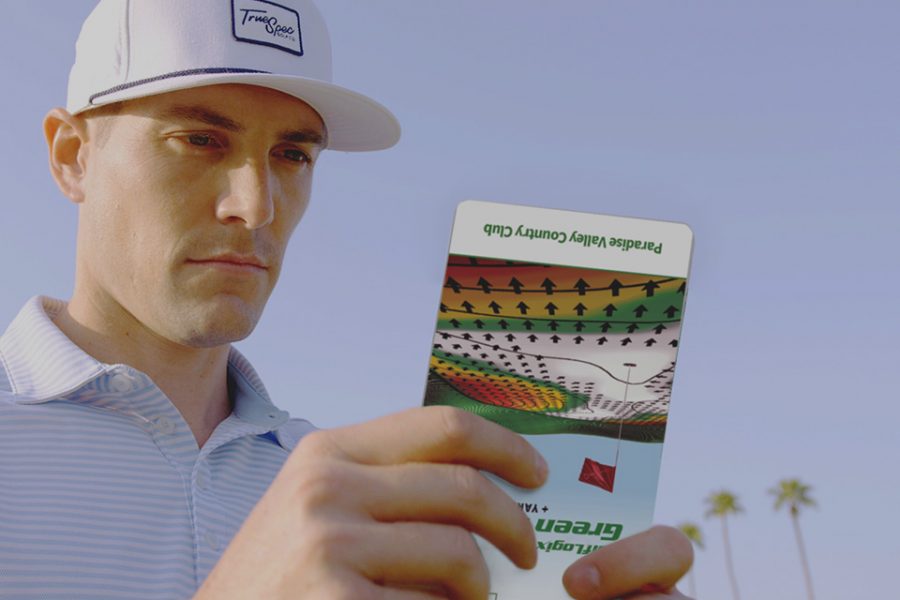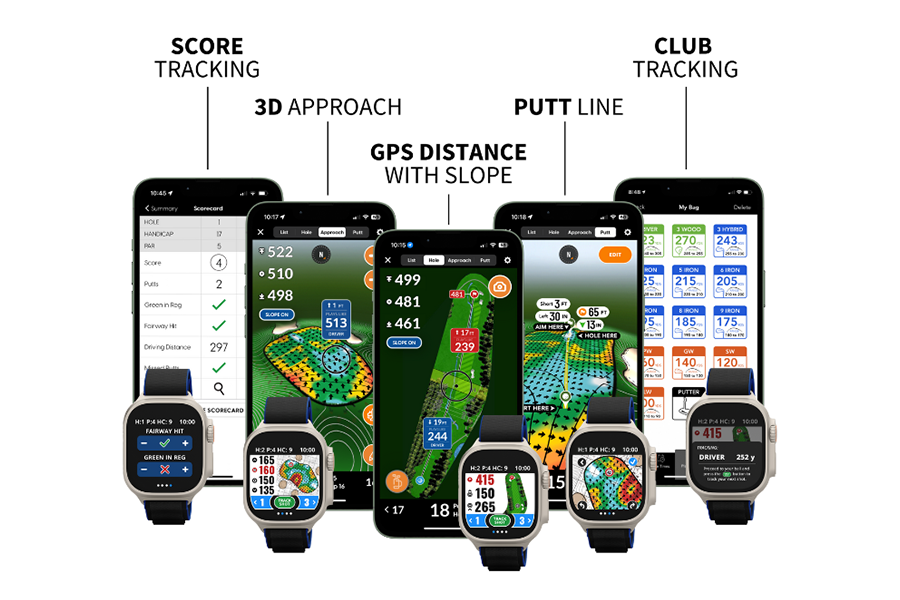Greens Guide and Bunker Shots: Golf Tips You Need to Know
Taking your greens guide out of your pocket when you reach the green may be a little too late. Golfers who have truly learned the benefits of the greens guide know that it’s important to use the data on all types of golf shots. Including the bunkers! If you have yet to use your greens guide when hitting bunker shots, we have you covered with some of our best tips. Bunker shots shouldn’t be just about getting out; they should be about getting it close!
Golf Tips For Using A Greens Guide When Hitting Bunker
Shots
Here are some of the best tips to use Green Books when hitting bunker shots.
Check For Contour
As important as it is to check on the lie of your bunker shot, you also need to pay just as much attention to the slope of the green. The contour of the green can play into the distance of your shot, the roll, and the way it breaks.
Sand shots generally have a lot of spin on them, making it easy to stop the ball where you want it.
As you are walking up to your greenside bunker shot, make sure to check for the slope of the green. Understanding these contours can be the difference between a 4-foot or a 24-foot putt for par.
Make The Proper Club Selection
The sand wedge is not the only club you have to use from the bunker. Consider putting the 52 or the 60-degree wedge into play after looking at your greens guide.
Take a look at the exact distance you have. Some greens are large and can be 20 or 30 yards long. If this is the case, it may make sense to use a gap or even a pitching wedge to reach a pin.
A more compact swing where you accelerate through the golf ball will always help you hit clean and crisp bunker shots. Don’t forget that yardage matters even when you get close to the green.
Leave Yourself The Putt You Want
Would you rather have a 6-foot downhill right-to-left slider or an uphill 8-foot putt? Most golfers will choose the straight uphill putt all day.
When planning your shot out of a bunker, use the greens guide to help set yourself up for the best putt possible. Sometimes, hitting a shot a little short or a little long makes more sense than going directly at the pin.
Fairway Bunker Approaches
The greens guide can also be used from a fairway bunker. Your approach shots to the green from a fairway bunker will sometimes come up short. Many players have a hard time with taking a bit of sand as they strike the ball.
Use your greens guide to ensure you are leaving your golf ball in a spot you can recover from. With trouble in the front of the green, you may even want to lay up when approaching from the fairway bunker.
Pick a smart spot and hit it, even if that spot is not the green!
Avoiding Bunkers All Together!
Finally, a greens guide is your perfect partner when it comes to avoiding bunkers all together.
The greens guide has a complete overview of the location and positioning of all the bunkers on the golf course.
Consider this example when playing a short par 4.
If you hit your driver, you can have an easy wedge to the green. When you take a look at the greens guide, you notice that there are bunkers on the left and right side of your average driver distance.
Choosing a three-wood off the tee almost completely eliminates your chance of finding a bunker.
You may have an 8 or a 9 iron into the green for your approach, but you’ll be hitting from the short grass.
The goal of your greens guide is not just to avoid bunkers but also to get you out and close to the pin as quickly as possible!
Final Thoughts
Make sure you have your Green Books greens guide ready before the start of your golf season. You’ll find that the information provided will help improve every aspect of your game, from tee to green. Don’t give up on data and information when you hit a shot into the bunker; use this to get your ball into the hole!







